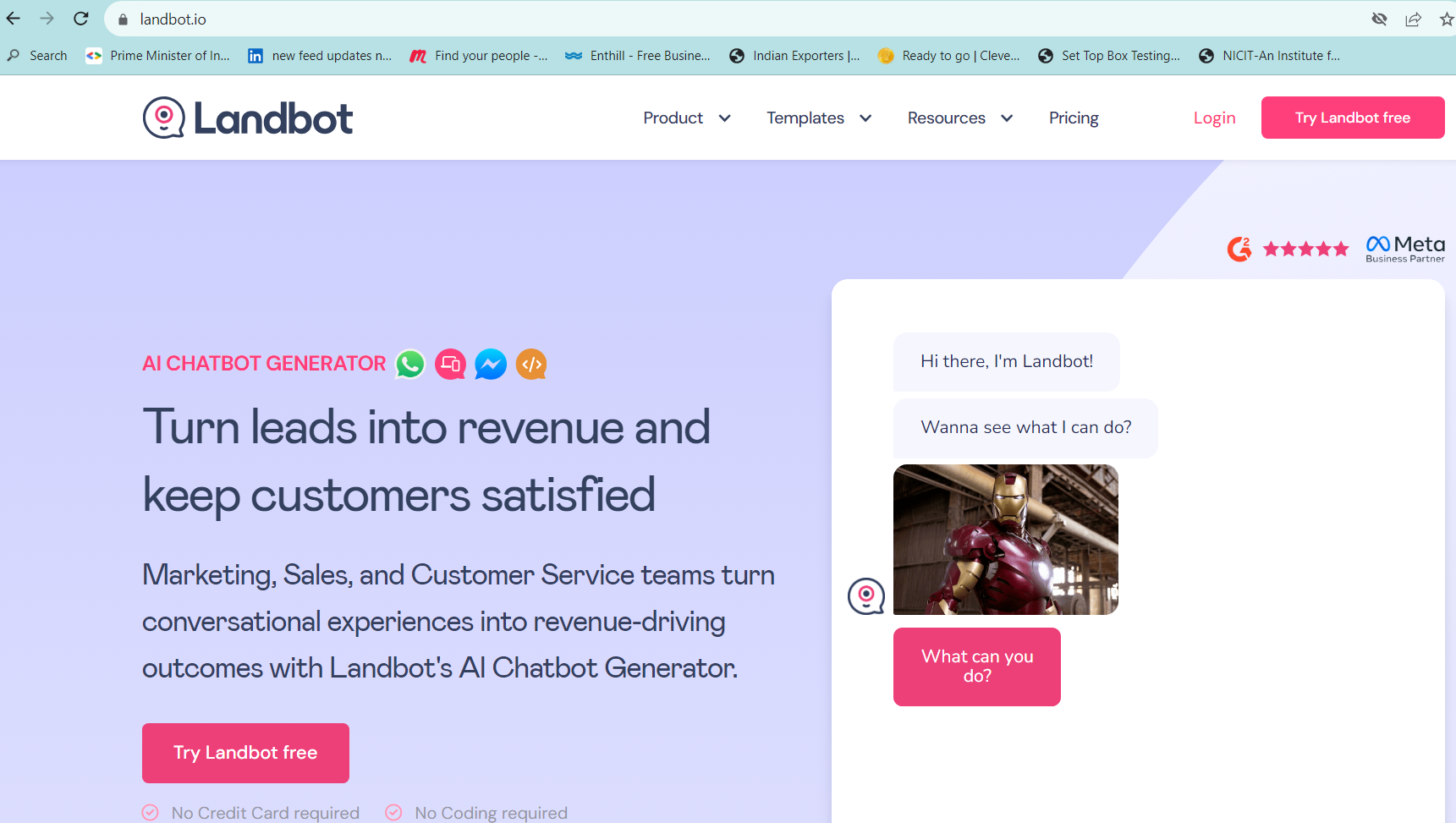Introduction
Chatbots have become increasingly popular in recent years, transforming the way businesses interact with their customers. One of the key advancements in chatbot technology is Natural Language Processing (NLP). NLP chatbots have the ability to understand and respond to human language, making them more intuitive and user-friendly. In this article, we will explore how NLP chatbots work, the techniques used in NLP, and the applications of NLP chatbots in various industries.
How NLP Chatbots Work
NLP chatbots use a combination of machine learning algorithms and linguistic rules to interpret and respond to user queries. When a user interacts with an NLP chatbot, the chatbot analyzes the input text, identifies the intent behind the query, and generates an appropriate response. This process involves several steps, including text preprocessing, intent recognition, and response generation.
Techniques Used in NLP Chatbots
Text preprocessing is a crucial step in NLP chatbot development. It involves removing noise from the input text, such as punctuation, stop words, and special characters. Additionally, techniques like tokenization, stemming, and lemmatization are used to convert the text into a more standardized format for analysis.
Intent recognition is another important aspect of NLP chatbots. This involves training the chatbot to understand the user’s intention behind a query. Machine learning algorithms, such as Support Vector Machines (SVM) and Recurrent Neural Networks (RNN), are commonly used for intent recognition. These algorithms learn from a labeled dataset to classify user queries into predefined categories.
Once the intent is recognized, the chatbot generates a response based on predefined rules or by retrieving information from a knowledge base. Natural Language Generation (NLG) techniques are used to generate coherent and contextually appropriate responses.

Understanding Text Preprocessing in NLP
Text preprocessing plays a crucial role in NLP chatbots. It involves transforming raw text into a format that can be easily analyzed by machine learning algorithms. Some common techniques used in text preprocessing include:
- Tokenization: Breaking down the text into individual words or tokens.
- Stemming: Reducing words to their base or root form.
- Lemmatization: Converting words to their dictionary form.
- Stop Word Removal: Removing commonly used words that do not carry much meaning, such as “the,” “is,” and “and.”
By applying these techniques, the chatbot can focus on the most important words and phrases in the user’s query, improving the accuracy of intent recognition and response generation.
The Role of Machine Learning in NLP Chatbots
Machine learning plays a crucial role in NLP chatbots. It enables the chatbot to learn from data and improve its performance over time. Supervised learning algorithms, such as SVM and RNN, are commonly used for intent recognition. These algorithms are trained on a labeled dataset, where each query is associated with the correct intent category.
Unsupervised learning algorithms, such as clustering and topic modeling, can also be used to discover patterns and hidden structures in the data. This can help the chatbot identify new intents or improve its understanding of user queries.
Training and Fine-Tuning NLP Chatbots
Training an NLP chatbot involves providing it with a large dataset of labeled queries and their corresponding intents. The chatbot learns from this data and builds a model that can classify new queries accurately. Fine-tuning the chatbot involves continuously updating the model with new data to improve its performance and adapt to changing user behavior.
Evaluating the Performance of NLP Chatbots
Evaluating the performance of NLP chatbots is essential to ensure their effectiveness. Common evaluation metrics include accuracy, precision, recall, and F1 score. These metrics measure how well the chatbot can correctly classify user queries and generate appropriate responses. User feedback and satisfaction surveys can also provide valuable insights into the chatbot’s performance.
Challenges and Limitations of NLP Chatbots
While NLP chatbots have made significant advancements, they still face several challenges and limitations. Some common challenges include understanding complex queries, handling ambiguity, and maintaining context over multiple turns of conversation. Additionally, NLP chatbots may struggle with out-of-vocabulary words or slang.
Furthermore, ethical considerations, such as bias in training data and privacy concerns, need to be addressed when developing NLP chatbots.
Applications of NLP Chatbots in Various Industries
NLP chatbots have found applications in various industries, revolutionizing customer service and user experience. In the healthcare industry, NLP chatbots can assist patients in scheduling appointments, providing basic medical advice, and answering frequently asked questions.
In the e-commerce industry, NLP chatbots can help customers find products, provide personalized recommendations, and assist with order tracking and returns. In the banking sector, NLP chatbots can handle customer inquiries, provide account information, and assist with transactions.
Other industries, such as travel, hospitality, and education, can also benefit from NLP chatbots by providing personalized recommendations, answering queries, and facilitating bookings and registrations.
Conclusion
NLP chatbots have revolutionized conversational interfaces, enabling businesses to provide more intuitive and user-friendly experiences for their customers. By leveraging techniques like text preprocessing, intent recognition, and machine learning, NLP chatbots can understand and respond to user queries effectively. While there are challenges and limitations, the applications of NLP chatbots in various industries continue to expand, transforming the way we interact with technology.

